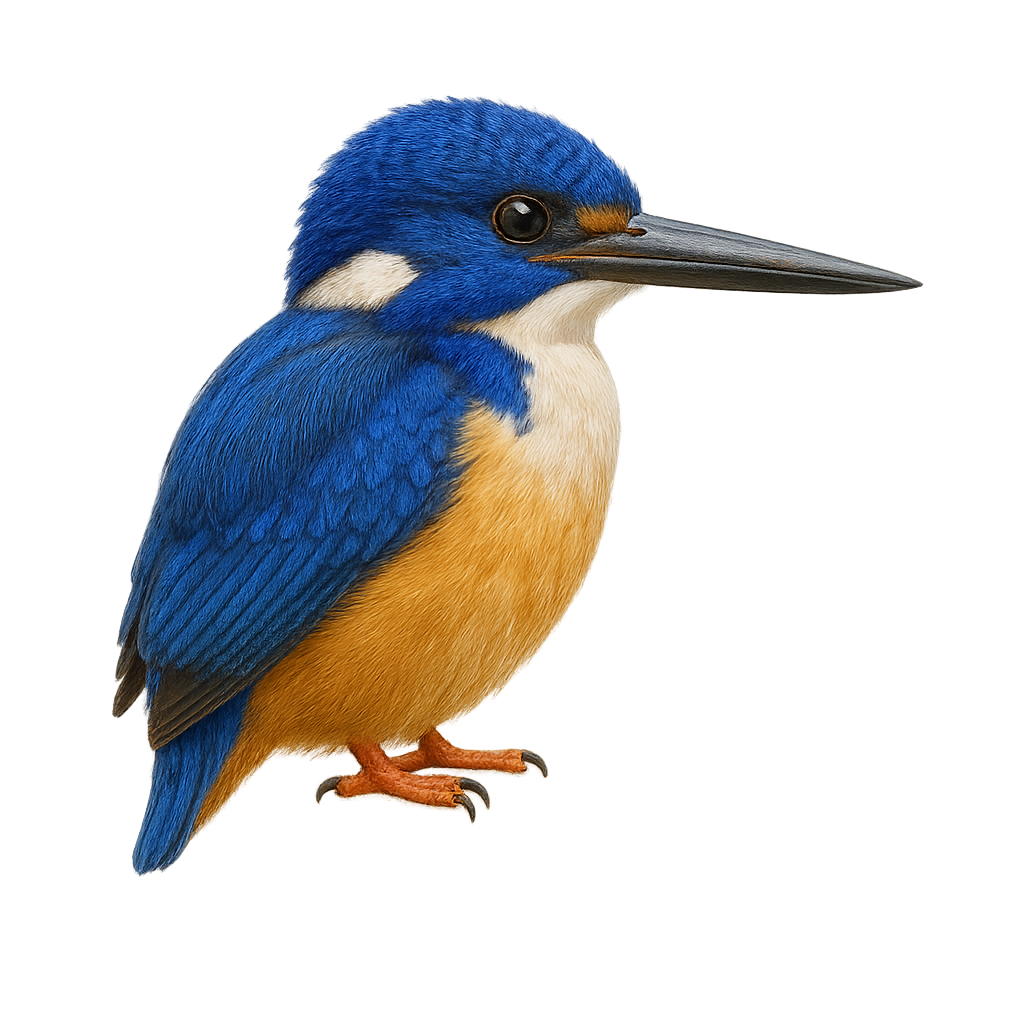Your wildlife photography guide.
Explore the half-collared kingfisher in detail, study its behavior, prepare your shots.
Where to observe and photograph the half-collared kingfisher in the wild
Learn where and when to spot the half-collared kingfisher in the wild, how to identify the species based on distinctive features, and what natural environments it inhabits. The WildlifePhotographer app offers tailored photography tips that reflect the half-collared kingfisher’s behavior, helping you capture better wildlife images. Explore the full species profile for key information including description, habitat, active periods, and approach techniques.
Half-collared Kingfisher
Scientific name: Alcedo semitorquata

IUCN Status: Near Threatened
Family: ALCEDINIDAE
Group: Birds
Sensitivity to human approach: Suspicious
Minimum approach distance: 10 m
Courtship display: September to October
Incubation: 21-23 jours
Hatchings: September to November
Habitat:
Rivers, lakes, wetlands
Activity period :
Primarily active during the day, with peak activity in the morning and late afternoon.
Identification and description:
The Half-collared Kingfisher, Alcedo semitorquata, is a captivating bird found in the tropical regions of sub-Saharan Africa. It is notable for its vibrant blue plumage on the back and wings, contrasting with a white belly and a blue chest band. Its head features a dark blue crown, and its long black bill is perfect for catching fish, its primary food source. This kingfisher inhabits rivers, lakes, and wetlands, where it can be seen perched on branches overhanging the water, ready to dive for its prey. Though discreet, it is often detected by its sharp, piercing call.
Recommended lens:
400mm – adjust based on distance, desired framing (portrait or habitat), and approach conditions.
Photography tips:
To photograph the Half-collared Kingfisher, it is advisable to use a telephoto lens of at least 400mm to capture detailed images without disturbing the bird. Wait near its natural habitat, such as rivers or lakes, and be ready to react quickly, as this bird is often on the move. Use a tripod to stabilize your camera and prefer early morning or late afternoon hours for soft lighting. Be discreet and avoid sudden movements to prevent scaring it away.
The WildlifePhotographer App is coming soon!
Be the first to explore the best nature spots, track rutting seasons, log your observations, and observe more wildlife.
Already 1 430 wildlife lovers subscribed worldwide

